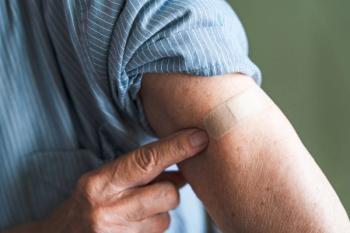
The Recombinant Zoster Vaccine: 6 Facts You Should Know
To date, the best recombinant zoster vaccine (Shingrix) is the best protection against shingles and its complications.
In late 2017, the FDA approved recombinant zoster vaccine (Shingrix) for the prevention of
The CDC’s Advisory Committee on Immunization Practices (ACIP) recommends the vaccine, as noted on its website1: “Shingles vaccination is the only way to protect against shingles and postherpetic neuralgia (
A great deal has been learned about this vaccine in the 4 years since it was introduced in the United States. Six of the most important facts the public should know are listed below1:
Shingrix is a recombinant zoster vaccine that is inactivated and contains a dead version of the varicella-zoster virus (
Shingles is the reactivation of the VZV that caused an earlier case of
This vaccine uses the body’s own immune system to
It is administered as a 2-dose series by injection into the muscle of the upper arm. The second shot is given 2 to 6 months after the first. Both doses are required for the best protection against shingles.
As with most vaccines, there are potential
This vaccine is covered under most insurance plans. Private insurance patients typically pay no or very low out-of-pocket costs per dose, and Medicare prescription drug plans (Part D) cover all commercially available vaccines. Under the Patient Protection and Affordable Care Act, all Health Insurance Marketplace plans and most other private health insurance plans are required to cover all ACIP-recommended vaccines, including the recombinant zoster vaccine, with no cost sharing if administered in network.
This vaccine may not protect all individuals. Discuss the risks and benefits of vaccination with your pharmacy customers or suggest they speak with their health care provider.
Reference
1. Shingles vaccination. Centers for Disease Control and Prevention. Updated January 25, 2018. Accessed October 26, 2021.
Newsletter
Pharmacy practice is always changing. Stay ahead of the curve with the Drug Topics newsletter and get the latest drug information, industry trends, and patient care tips.

















































































































